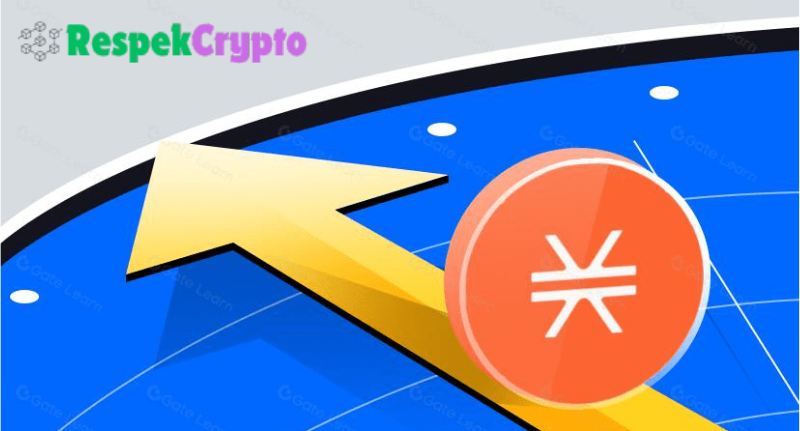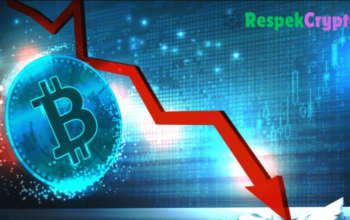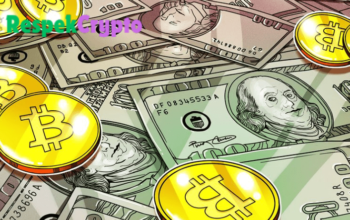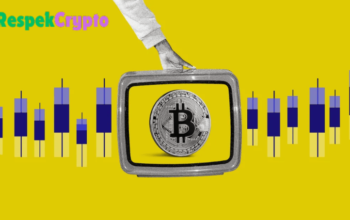The evolution of decentralized finance (DeFi) has been a significant topic in the blockchain space. With the advent of various platforms, the landscape of finance is rapidly changing. Among these developments, the Stacks’ Nakamoto Upgrade stands out as a groundbreaking enhancement that promises to revolutionize DeFi on the Bitcoin network.
Understanding Stacks and Its Role in Bitcoin
Before diving into the specifics of the Nakamoto Upgrade, it’s essential to understand what Stacks is and how it interacts with Bitcoin. Stacks is a layer-1 blockchain that brings smart contracts and decentralized applications (dApps) to Bitcoin. By layering on top of Bitcoin, Stacks leverages its unparalleled security and stability while enabling developers to create innovative financial solutions.
Why Is Bitcoin Important for DeFi?
Bitcoin, as the first cryptocurrency, provides a solid foundation due to its widespread adoption and robust security features. However, it lacks built-in smart contract capabilities, which are crucial for DeFi applications. Stacks addresses this limitation by allowing smart contracts to operate using Bitcoin’s security, opening up new avenues for financial applications.
What is the Nakamoto Upgrade?
The Nakamoto Upgrade is a major update aimed at enhancing the functionality of the Stacks network. This upgrade introduces several key features designed to improve scalability, user experience, and overall performance.
Key Features of the Nakamoto Upgrade
- Improved Smart Contract FunctionalityThe upgrade introduces advanced capabilities for smart contracts, allowing developers to create more complex and flexible applications. This enhancement paves the way for innovative DeFi solutions on the Bitcoin network.
- Lower Transaction FeesOne of the most significant barriers to widespread DeFi adoption is high transaction fees. The Nakamoto Upgrade aims to reduce these costs, making DeFi applications more accessible to a broader audience.
- Enhanced InteroperabilityThe upgrade improves the interoperability between Stacks and other blockchain networks. This means that assets and data can flow seamlessly between different platforms, fostering a more connected DeFi ecosystem.
- Improved Security MeasuresSecurity remains a top priority for any blockchain project. The Nakamoto Upgrade implements enhanced security features, ensuring that users can transact confidently and securely.
How Will the Nakamoto Upgrade Impact DeFi?
The implications of the Nakamoto Upgrade on DeFi are profound. Here are a few ways it is expected to change the landscape:
Increased Adoption of DeFi Applications
With improved smart contract functionality and lower fees, more developers are likely to build DeFi applications on the Stacks platform. This influx of new applications can lead to a more vibrant DeFi ecosystem, attracting users from various backgrounds.
Enhanced Liquidity and Accessibility
As DeFi applications become more accessible, liquidity is expected to increase. Users will be able to engage with financial products more easily, whether through lending, borrowing, or trading, ultimately creating a more dynamic market.
Strengthened Bitcoin’s Position in DeFi
With Stacks facilitating DeFi on Bitcoin, the leading cryptocurrency can secure its position as not just a store of value but also a platform for innovative financial solutions. This dual role could redefine how users perceive Bitcoin within the broader financial landscape.
Conclusion
The Stacks’ Nakamoto Upgrade represents a pivotal moment in the evolution of DeFi on Bitcoin. By enhancing smart contract functionality, lowering transaction fees, and improving interoperability, this upgrade is set to unlock the full potential of decentralized finance on the Bitcoin network. As developers and users embrace these innovations, the future of finance could be transformed, making it more accessible, efficient, and secure than ever before.
In summary, the Nakamoto Upgrade is not just an enhancement for the Stacks platform; it is a step towards a more integrated and robust DeFi ecosystem on Bitcoin that could change the way we interact with money forever.












